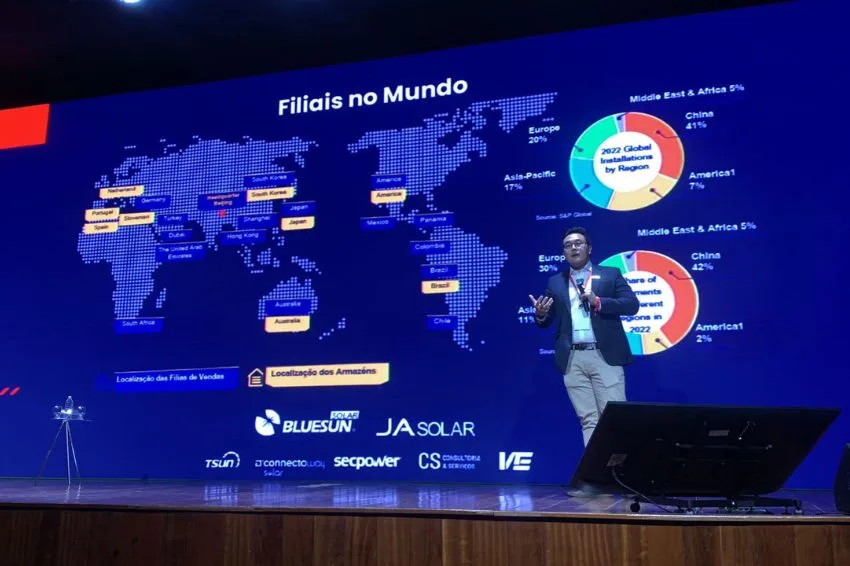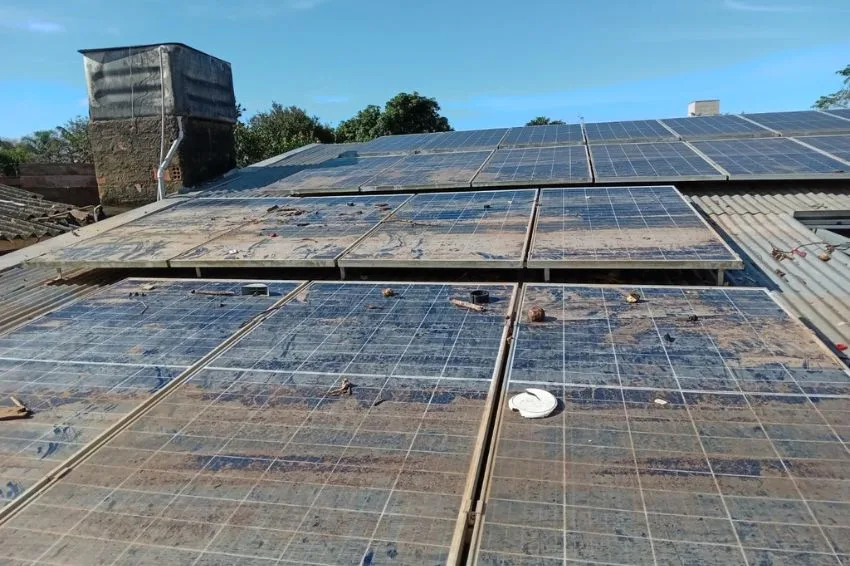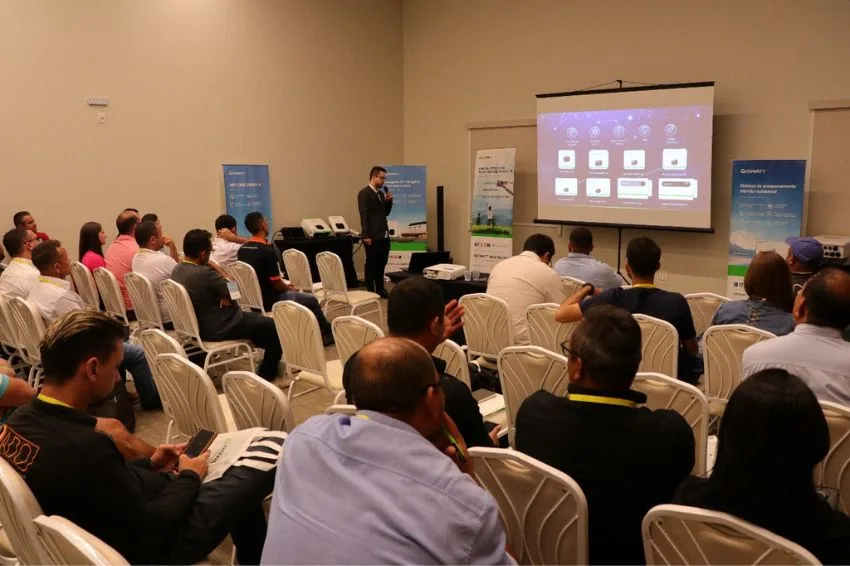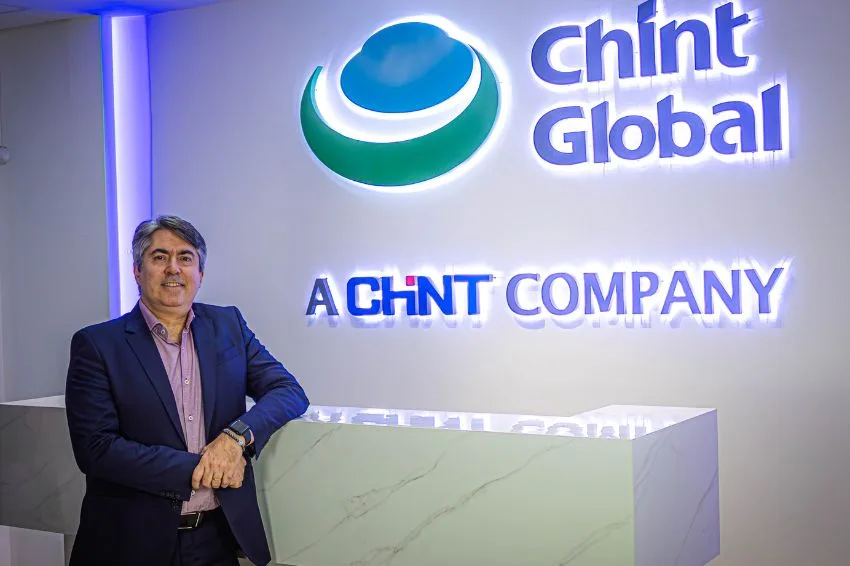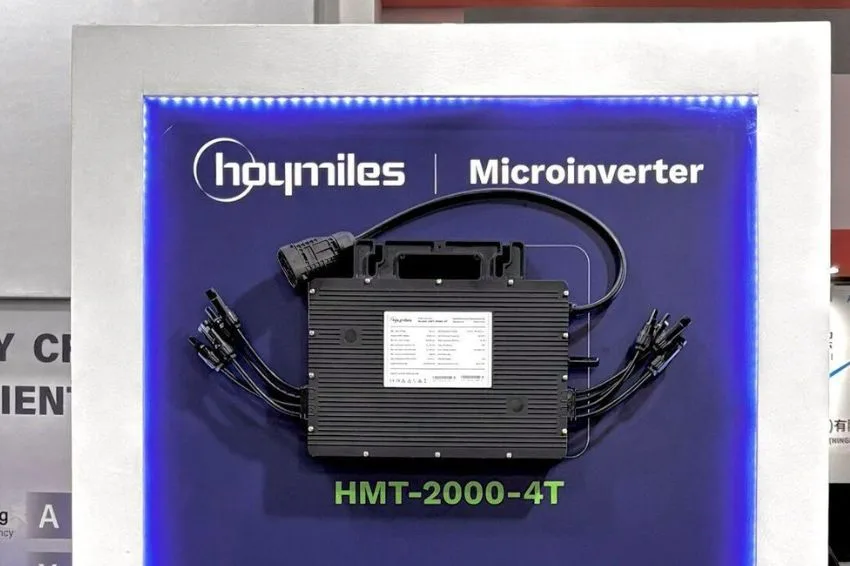To the certifications, such as RETC and PVEL, for example, bring to the end customer, in fact, the question that what they are buying will actually have the production, the generation that they are looking for. That's what he said Matheus Elias Gil, JA Solar Sales Manager.
During the 3rd edition of Canal Conecta, congress held at FPS (Faculdade Pernambucana de Saúde), in Recife PE), the executive spoke about the criteria that should be analyzed by investors at the time of buy a photovoltaic module.
According to him, the tests, certifications, are tests that bring to the final costumer, whether investor or residential customer, what will be the reality in the project, in the field. “The panels are subjected, in this case, to a sequence of tests to really bring them to reality before production, and we can evaluate the quality issue before producing the module.”
“Such tests certify that the solar panels have undergone stress – such as mechanical stress, for example – that in fieldreally, they they will have to pass anyway”, he stressed.
Felipe Yugo Yamaguishi, JA Solar Sales Manager, was also speaking at the event alongside Gil and listed the main topics discussed. “The lecture was intended to raise questions among small to medium-sized installers.”
“It happens that, often in residential and small industrial DG, integrators end up ignoring some criteria to focus on prices, since the end consumer wants a faster payback. However, the intention of our debate is to raise questions about what criteria – in addition to price – are being taken into consideration and how reliable that supplier is to provide a long-term guarantee”, he highlighted.
In the executive's view, even though the sector is very competitive in terms of number of suppliers and prices, there is several points that need to be taken into consideration when a high warranty product is sold. “The main equipment of the plant is the module, but the integrator often ends up ignoring important criteria due to price competition”.
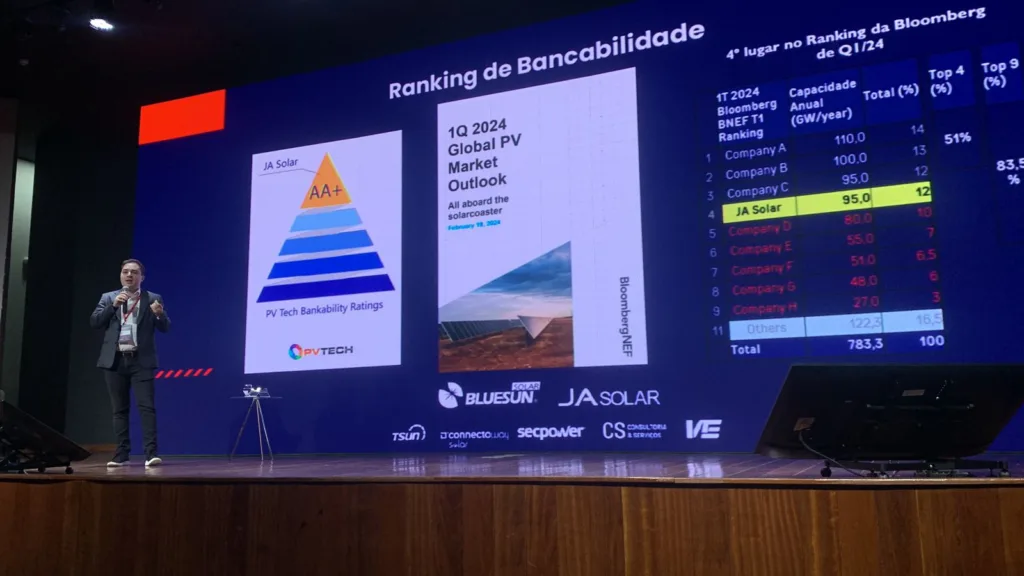
Changes to Tier 1
Throughout Canal Conecta, JA's sales manager also highlighted the changes in the analysis criteria for projects that are eligible to be considered a Tier 1 manufacturer.
“This year, Bloomberg's first and most important change was the minimum power criteria from 1.5 MW to 5 MW. In the past, we had six 1.5 MW plants financed by banks that are not development banks – like BNDES, here in Brazil, which has incentive rates”, he explained.
“Now, this year, the rule of banks that do not have incentivized rates (development banks) still remains, but only projects with 5 MW or more are considered. Even due to the issue of reducing the cost of implementing photovoltaic systems, it is very easy to have your own investment plants”, emphasized Yamaguishi.
According to the executive, solar energy is very cheap, so it is very common to see groups coming together to build 1, 1.5 MW plants in Brazil and other countries, as it is a very favorable investment in terms of return on capital.
Ordinance No. 140
Another point emphasized by Matheus Elias Gil in the lecture was how updates to the Inmetro Ordinance No. 140 can impact integrators and investors when purchasing the module for the project.
“The update of the Ordinance, which is now 140, raises the issue of tolerance. In the past, we had
a negative tolerance, which was permitted – which at some point, as we deal with products
on a large scale, it was allowed precisely to equalize the issue of its manufacturing a little”, he commented.
“But, unfortunately, many people used it to deliver an inferior product, on purpose. We saw that some manufacturers had this feature to deliver a cheaper panel, but consequently with lower power”, pointed out the specialist.
“From that year onwards, we managed, after many struggles and seeking updates from Inmetro, to no longer have negative tolerance and only positive tolerance. With this, the end consumer ends up winning too, there is no longer the issue of losing a little in terms of efficiency, adding the issue of cost to the panel”, he concluded.
All content on Canal Solar is protected by copyright law, and partial or total reproduction of this site in any medium is expressly prohibited. If you are interested in collaborating or reusing some of our material, we ask that you contact us via email: [email protected].


